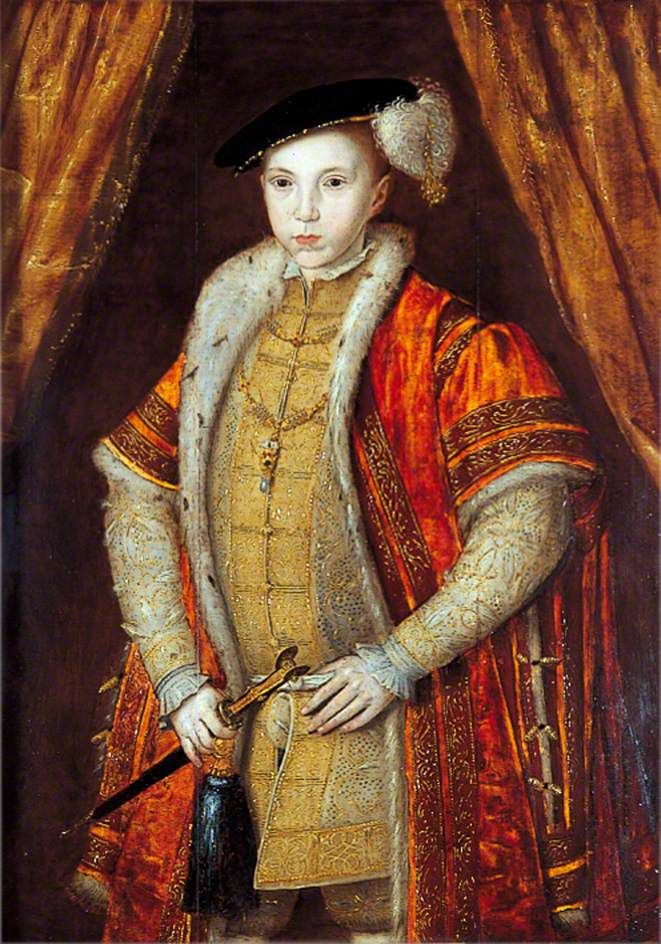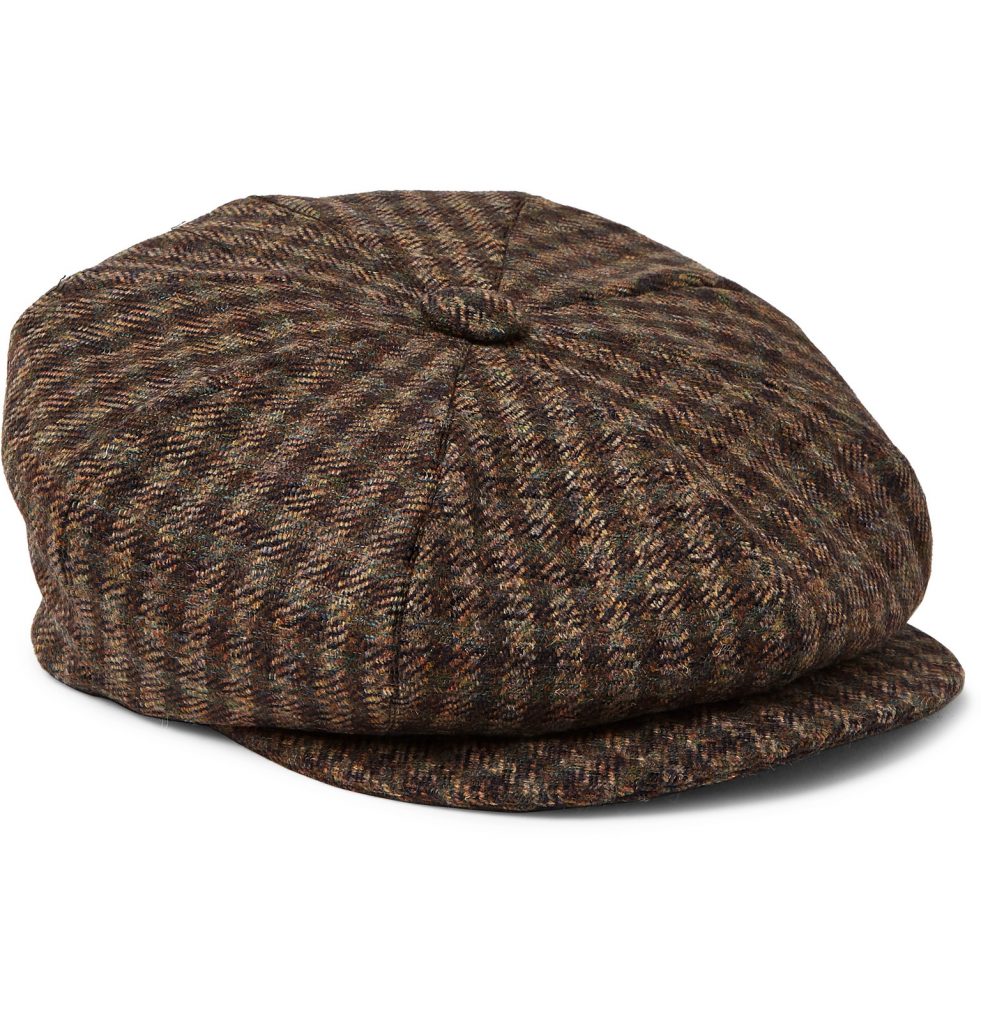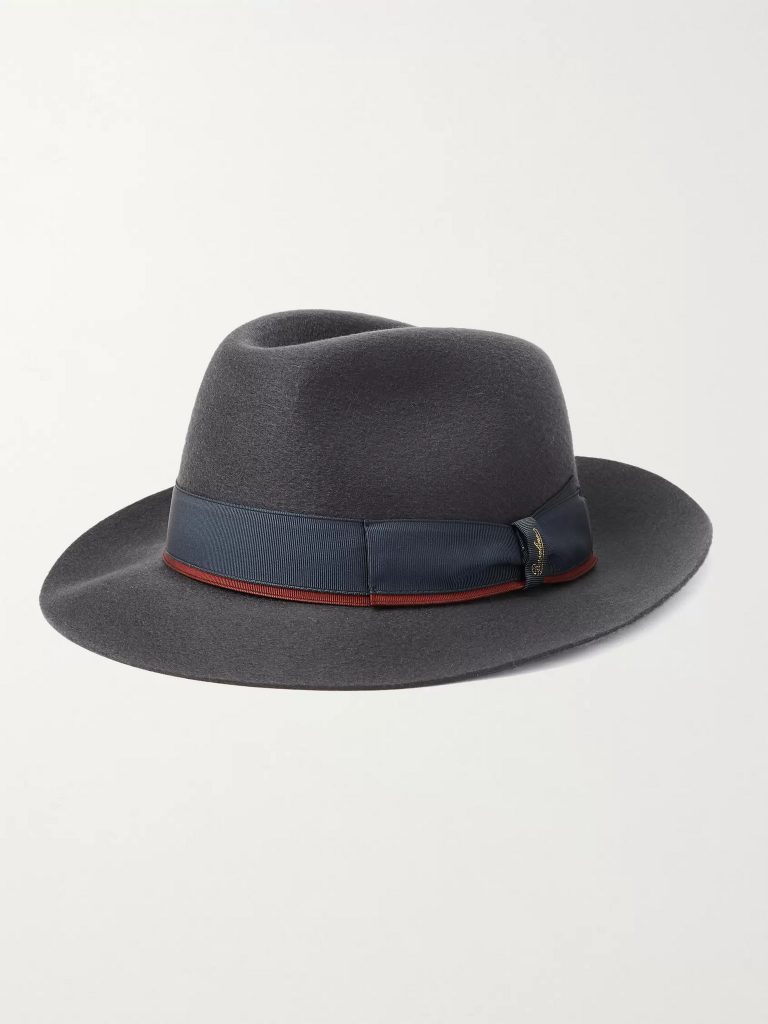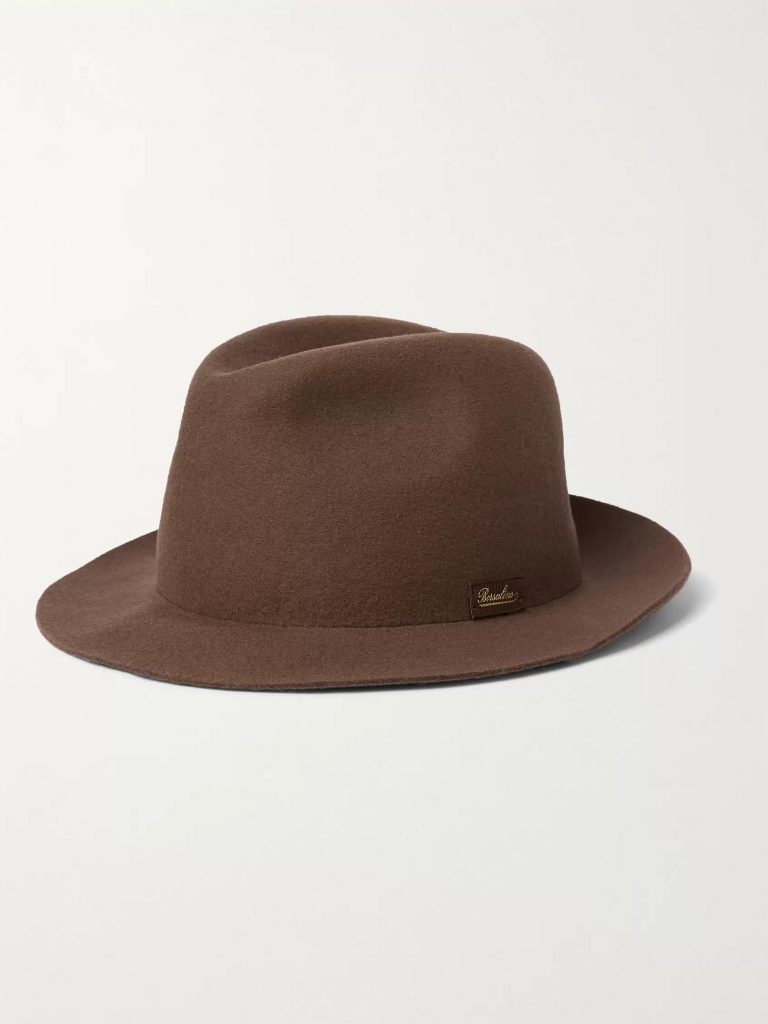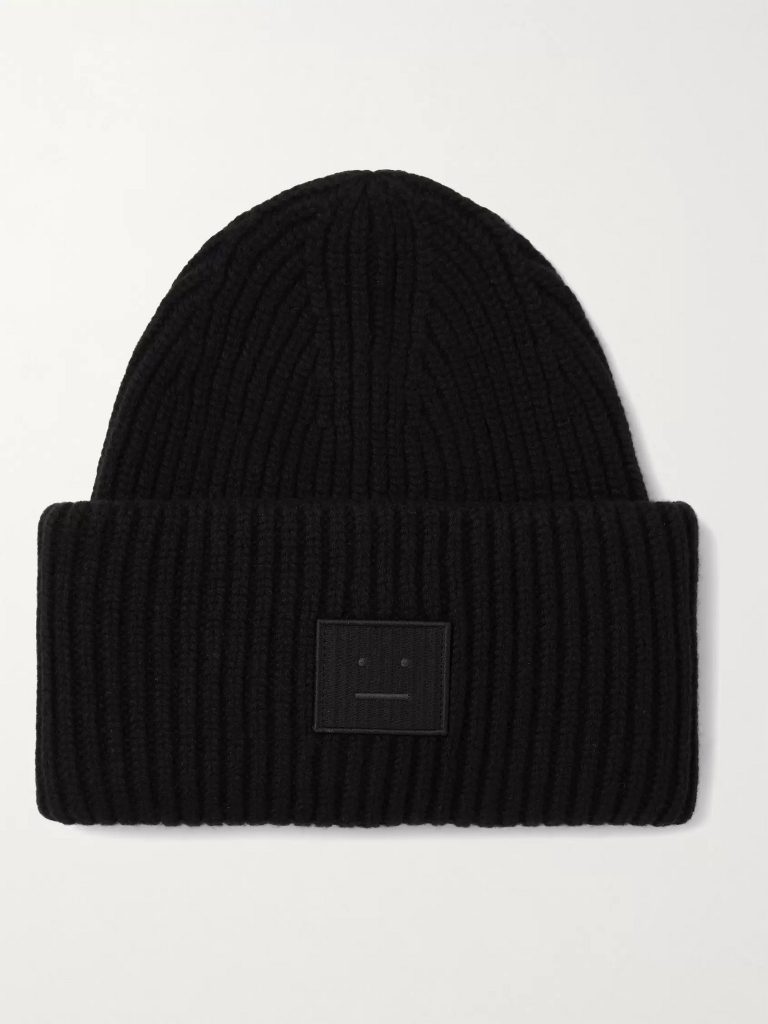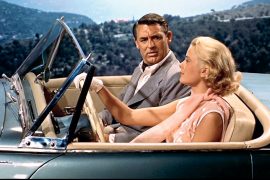According to historians, hats were the first apparel items worn by humans, then perhaps the first profession was not what is commonly purported, but rather hat making. After all, the need to protect one’s self from the elements like the sun, maybe even more basic than sex.
There are in fact abundant examples, even on-going today, of native peoples weaving stems, roots, fronds, or leaves of various plants into the headgear. On the winter hats side, the stories of the discovery of felt, a basic hat material, are legendary. We are aware of three different cultures that take credit for the discovery of felt:
- St. Clement (the patron saint of felt hat makers) discovered felt when, as a wandering monk, he filled his sandals with flax fibres to protect his feet. The moisture and pressure from pounding feet compressed the fibres into a crude, though comfortable felt.
- Native Americans discovered felt by way of fur-lined moccasins.
- Ancient Egyptians discovered felt by way of camel hair falling into their sandals.
Considering either a straw hat or felt hat making, the process is very labour intensive. Numerous hands are involved in the making of a hat. Preparation of the material and the initial creation of a hood or cone take many steps. From there, blocking and finishing further requires many operations.
![Kusakabe Kimbei [Public domain], via Wikimedia Commons](https://usercontent.one/wp/www.thetimelessgentleman.com/wp-content/uploads/2021/02/hat1.jpg)
The most common type of hats
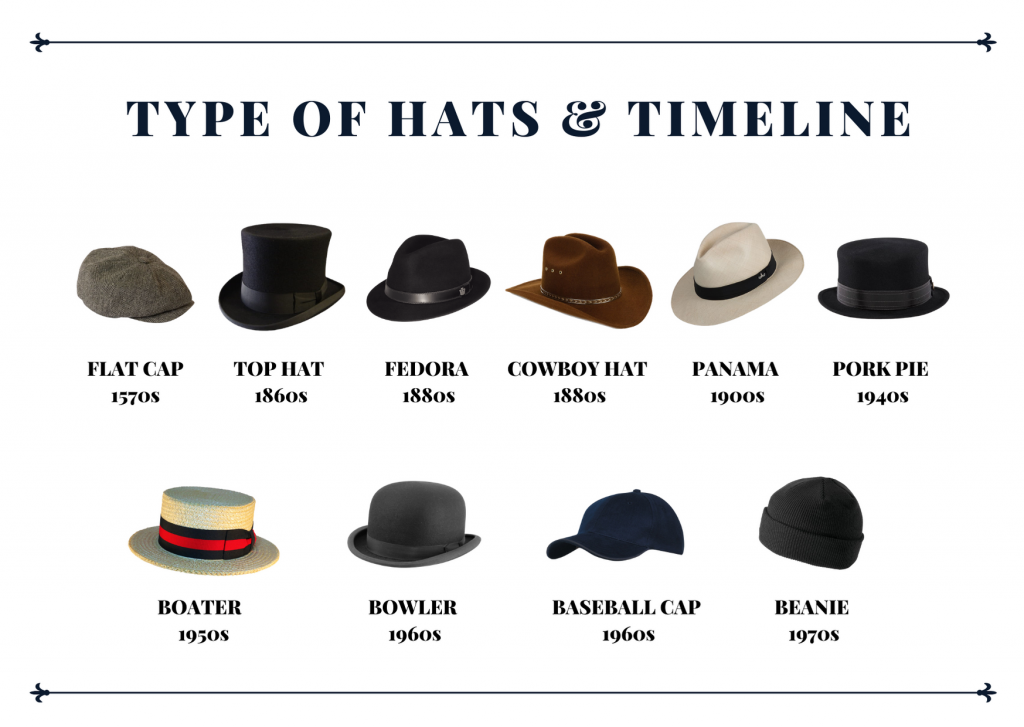
Flat Cap
Flat caps remind me of English mobster films. Are you a fan of the TV-series called Peaky Blinders? Yes, that one! But if you have not seen it, you can watch it here.
A flat cap is a rounded cap with a small stiff brim in front. The style can be traced back to the 14th century in Northern England. It is known as a paddy cap in Ireland, bunnet in Scotland, dai cap in Wales, cheese-cutter in New Zealand, and a driving cap in the United States.
Top Hat
Perhaps, Abraham Lincoln is one of the most distinctive persons that first come to mind if you talk about top hats.
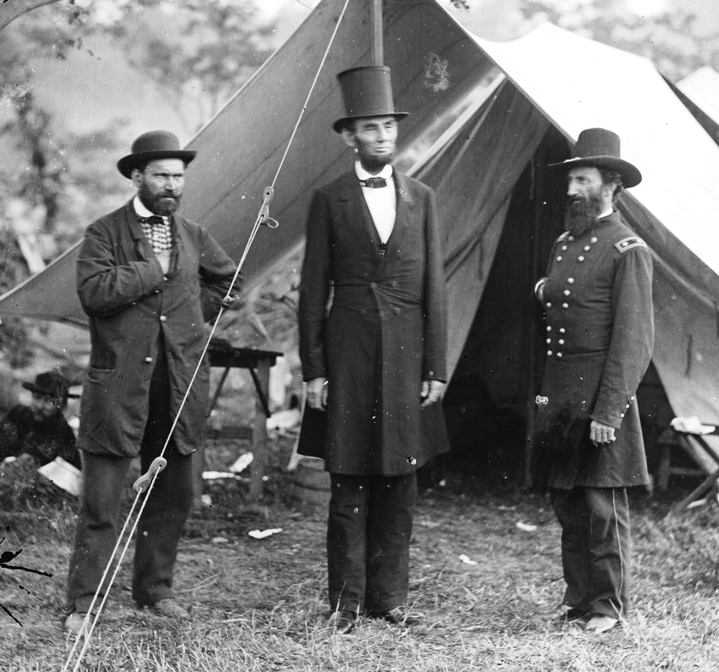
A top hat is a tall, flat-crowned hat for men traditionally associated with formal wear in Western dress codes. Traditionally made of black silk or sometimes grey, the top hat emerged in Western fashion by the end of the 18th century. A collapsible variant of a top hat, developed in the 19th century, is known as an opera hat.
There was a time when no well-dressed man of a certain social standing would be seen in public without one. But these days, top hats are only worn on special occasions like society weddings and horse racing events attended by members of the royal family.
Fedora
Fedoras are soft fuller brimmed with indented crown, usually made of felt hats. They became widely associated with gangsters between the 20s and the early 50s.

By the early 21st century, the fedora had become a symbol of hipsters, and later men’s rights activists. Hollywood films like Indiana Jones re-popularized the fedora. Nowadays, fedoras are one of the top accessories for men in winter.

Cowboy Hat
Yeeha! A cowboy hat is a high-crowned, wide-brimmed hat. In the old days, Western heroes and cattle herders were usually the ones who appreciate this hat. These days, no one can resist the charm of a true cowboy hat, with its classic cattleman shape, its dented crown and its curved-up brim. Western hats are made from many different materials like straw, leather and cotton being the most popular ones.
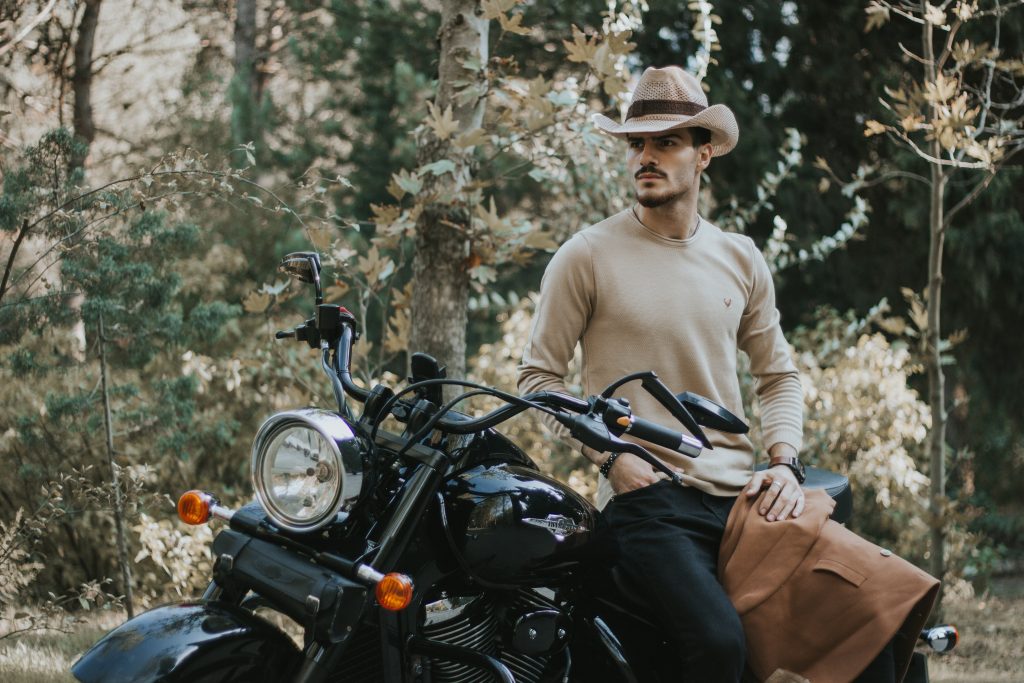
Panama Hat
Panama hats are traditionally summer hats woven from the toquilla palm that is usually found in South America, specifically, in Ecuador. They are light coloured, breathable and blocked into a fedora or wide-brimmed shape.
Hat weaving was one of the primary industries in Ecuador in the 17th century and continues to be a large source of export for the region.

They are called Panama hats not because they are from Panama (typical misconception) but because in 1904, the US President Theodore Roosevelt visited the Panama Canal construction site wearing an Ecuadorian straw hat, thus the hats became popular in the US under the name Panama hat.
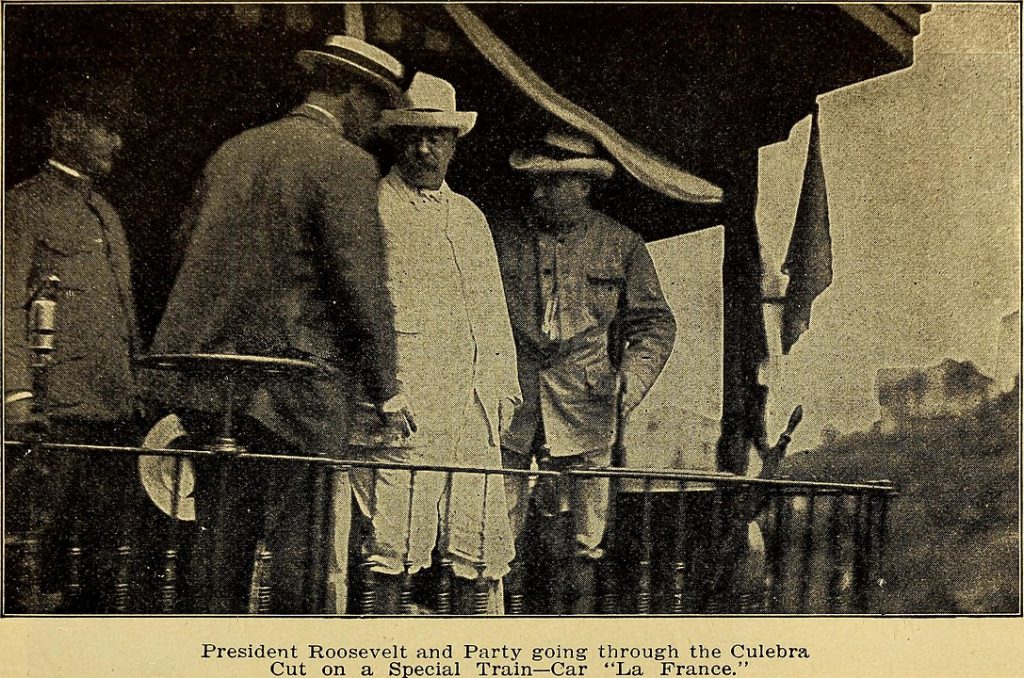
Pork Pie
A pork pie hat usually has a low flat round crown and a small flat slightly upturned brim. It has been popular since the mid 19th century and resembles a pork pie dish, hence the name.
Famously worn by Walter White’s alter-ego Heisenberg in Breaking Bad.
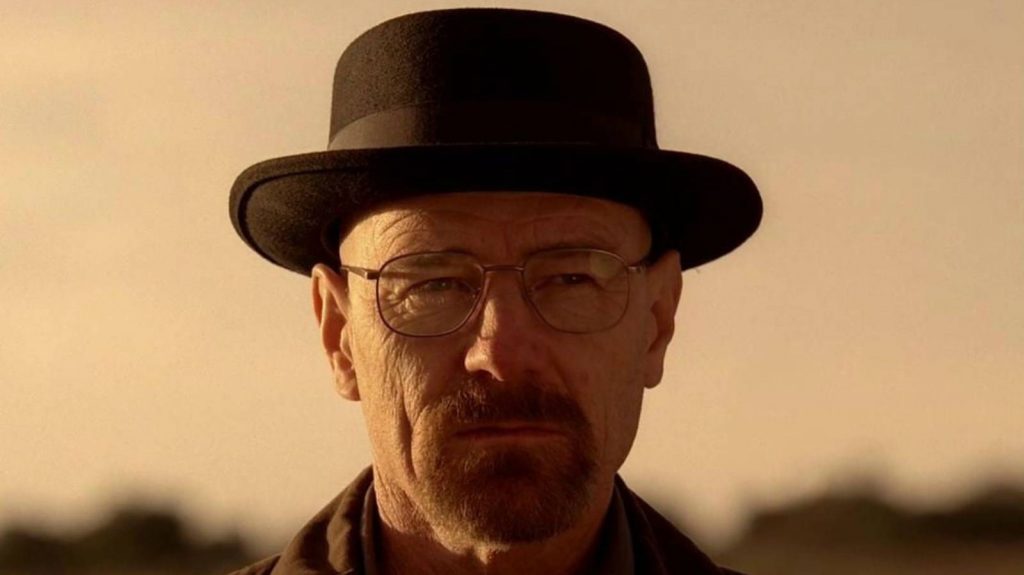
Boater Hat
Boater hats are straw hats with a straight and short brim. They have a long history. In the nineteenth century, they were used by gondoliers in Venice, although their name comes from the French expression du canotier, referring to the exaltation of navigation.
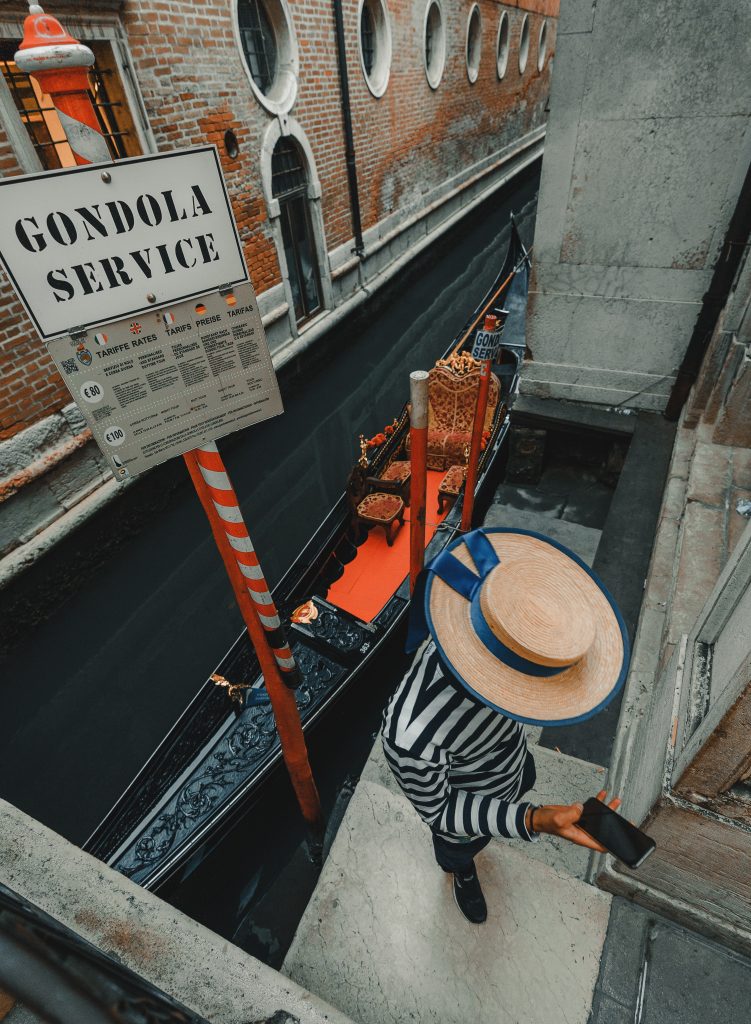
Today, there are many different kinds of boater hats. Boater hats with flowers, low crown or even wide brim.

Bowler Hat
The Bowler, also known as derby hat is a popular style with a rounded crown and a short brim. In 1849 Thomas Coke commissioned the first Bowler hat from Lock & Co. Hatters in London. The gamekeepers on his Holkham Hall Estate had previously worn top hats while riding horseback however they found that low-hanging tree branches would often knock them off their heads. Instead, Coke commissioned the Bowler hat to be a close-fitting style hat to help protect his gamekeepers as they rode around his estate.
It became a popular style among the working class up until the end of the 19th century. By the 20th century, the hat had become a symbol of the middle and upper class in the British Isles. The Bowler has become an iconic style, worn by Charlie Chaplin, as well as many other notable celebrities during the 20th century.

Baseball Cap
We have all worn a baseball cap at least once in our lifetime. Whether playing sports, camping, fishing or just heading out – it’s not uncommon to pop a hat on before we leave. From the retired to those who are still in school, everyone has worn a baseball cap.
There is some dispute about the first team to wear what we consider a baseball hat, but according to an article from Major League Baseball, the pioneers of the baseball hat were the Brooklyn Excelsior in about 1860. You can see the team pictured in the image above and one of the players holding his hat down at his side. The billed cap was ideal for shielding a player’s eyes from the sun and the material used was meant to draw sweat away from a player’s face and eyes. This hat with the brim around the front became known as a Brooklyn-style hat. Other teams started wearing the hats as well and pretty soon all of professional baseball were wearing the brimmed caps. And they still do.

It is clear that baseball cap has stood the test of time. With the help of fashion icons, celebrities and music hitmakers, the cap is widely known as a product that is both casual and stylish.
Since the 21st century, even women have started wearing caps for both function and fashion. Whether you want a subtle accessory, a bad-hair day cure or if you want to make a fashion statement, the cap is a great choice.
This timeless cap is an ideal fashion item and a must have for anyone today.
Beanie
Put on a hat or you’ll freeze to death. If you grew up in the north, that’s the first thing your mum would say before you leave the house in the winter. Some went on to claim that you lose 80% of your body heat through your head. While mum’s science might have been off, you will feel cosier if your head is warm. Who wouldn’t want that?
A beanie, also known as a touque or skully is a knit woollen cap. It used to be worn as working apparel associated with blue-collar labourers, including welders, mechanics, and other tradesmen who needed to keep their hair back, but for whom a brim would be an unnecessary obstruction.

Today, beanies are no longer worn for the warmth they bring only, but for the unique fashion appeal they come with and the way they add a touch of oomph to your casual wears.


